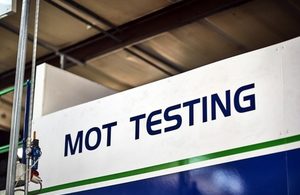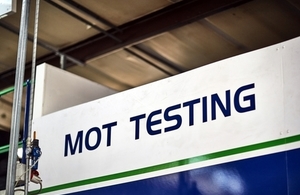How DVSA changed the MOT tests
 The way MOT testing works has changed last 20 May 2018, in UK (MOT test works differently in Northern Ireland).
The way MOT testing works has changed last 20 May 2018, in UK (MOT test works differently in Northern Ireland).
To prepare for the changes, DVSA has published a range of guides to help its customers. Now on there are 3 new defect categories: dangerous – major – minor, and inspectors are able to issue advisories for things the driver needs to monitor and might need to repair later. DVSA has also new inspection certificates for heavy vehicles.
In fact, starting on the same date, the exemption for specialist vehicles mounted on a HGV chassis is removed. MEWPs mounted on a Heavy Goods Vehicle based chassis with a Gross Vehicle Weight up to 44 tonnes are required to undertake road worthiness inspections at an approved MOT inspection site. This is also affecting the requirement for these vehicles to be submitted to Whole Vehicle Type Approval before being registered for the first time.
The Department for Transport has decided to adopt a phased approach for vehicles coming into the scope of testing.
This approach will allow the phasing in of the new requirements beyond 20 May 2018 and up to 20 May 2019, for most of the vehicle types affected. However, all vehicles will require a Goods Vehicle Testing Certificate before their Vehicle Excise Duty (VED) renewal date in the course of that year at the latest.
This approach will smooth out the annual profile of tests, and give industry more flexibility to balance out the testing of their fleet over a longer period.


